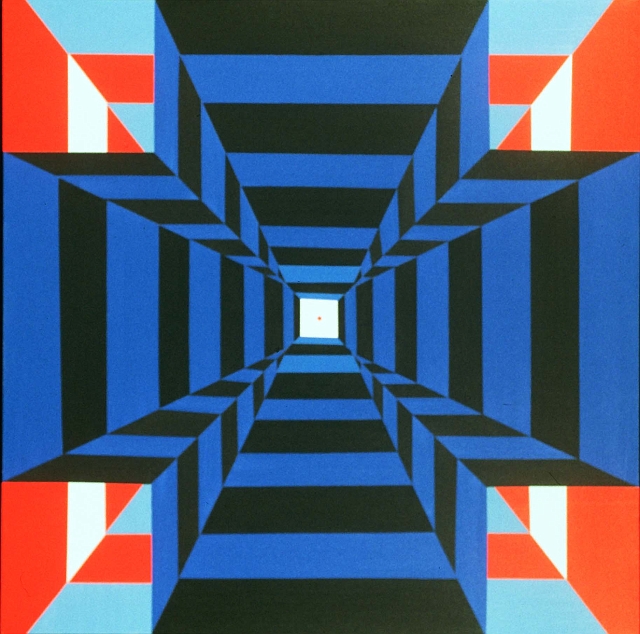|
LITR 4328: American Renaissance |
Model
Assignments |
 |
Tim Doherty
Three Dimensions of
American Poetry
Three poems by three poets which are vastly different
from one another in every conceivable way are, somehow, all definitively
Romantic. Poe paints a dark fantasy in bold oils. Dickinson takes us to the
unavoidable moment of death. Whitman walks away to be silent beneath the stars.
How are these three poems unique from one another yet grouped together in their
moment within the canon of poetry?
Walt Whitman’s “When I Heard the Learn’d Astronomer”
depicts the Romantic rejection of the Enlightenment and tendency toward
elevating the values of simpler times. The poem is brief – eight lines – but
within those lines lie the identifying marks of the author. In the title and
first line, learned becomes “learn’d,” which is the way Whitman shows the
reader to pronounce the word as a single syllable rather than two. The lack of
regular meter or rhyme is signature Whitman. At the time, free-verse was not
widely practiced – a stylistic development credited to Whitman. Whitman’s work
often verges on prose but remains poetic through embedded poetic flourishes and
rhythms. Whitman was known for depicting a kind of unrepentantly gritty version
of reality. Here, he keeps things simple, with just a hint of transcendental
yearning. The shortness of the piece is also a notable contrast to other Whitman
poems with which I am familiar. Whitman’s conciseness and simplicity of message
contrast the scale and fantasy of Poe’s “The City in the Sea.”
Edgar Allan Poe explored atmospheric worlds in his
poetry, worlds of darkness and decay. “The City in the Sea” is textbook Poe.
Rigid rhythms and rhymes keep the reader moving like music, the story seemingly
secondary to the flow until a second and a third reading reveal a carefully
constructed landscape and even a hint of plot woven within formal verse. Typical
of Poe is the antiquated word “Lo” which is used to evoke a feeling of age and
timelessness. A notable difference between this poem and other Poe works studied
in this course is the absence of any human characters. We see only Death perched
above “open fanes and gaping graves.” Death is a common theme in Poe’s work and
the work of his contemporary, Emily Dickinson.
Dickinson’s “I heard a fly buzz when I died” is typical
of the author’s construction. Four-line stanzas are broken in places by those
ambiguous dashes that dare the reader to experiment with pauses and rhythm. Also
very Dickinson is the sequence of
half-rhymes on alternating lines in the first two stanzas: “Room… Storm… firm…
Room…” An interesting diversion from Dickinson’s tendencies is that this poem
does not “open up” as much in its ending. Compared to other works, the ending is
abrupt and claustrophobic. That unpredictability is part of Dickinson’s allure.
You never know where she is going to take you. Even after repeated readings, you
remain happily unsure.
Whitman, Poe, and Dickinson shared an era, but their lives, styles, and intents could not be more different. Poe wrote to sell. Regular meters and rhymes appeal to a wide audience. Lurid Gothicism was popular in the 19th century. Dickinson was barely published in her lifetime though she wrote prolifically. Her poems, never packaged for sale or even named, bear Dickinson’s personal style of simple premises that often wander into the sublime. Whitman was a working writer, it seems, but never made much money from his poetry. His style might be considered the opposite of Poe’s. Whitman’s verses were grounded in reality but unencumbered by traditional poetic structures.
The big three American Romantic poets left us a diverse
catalog of poetry that continues to inspire and to challenge. Whether reading
the Goth-pop of Poe, the elevated reality of Whitman, or the psychedelic
contemplation of Dickinson, the reader knows that he is reading from a
transformative era. American poetry declared itself as a legitimate evolution of
the genre in the 1900s. The masters that came later, the Ginsbergs, the Eliots,
and the Dylans owe much to that first generation to separate from English
tradition.


